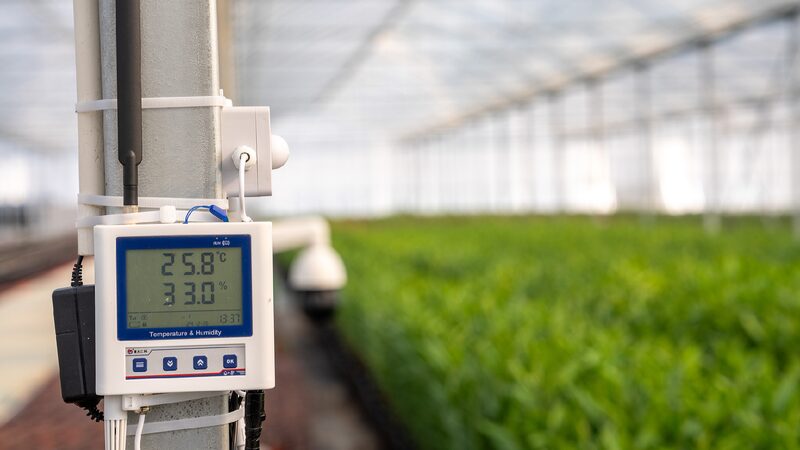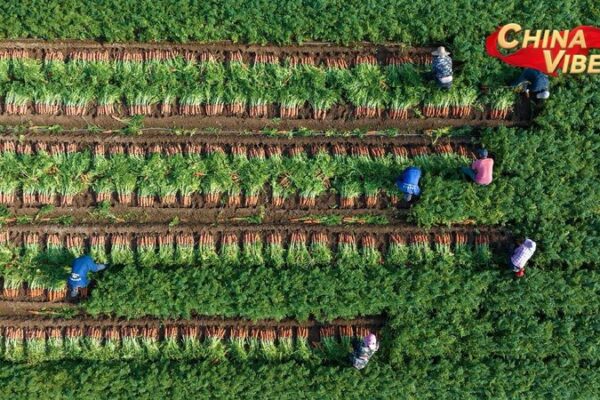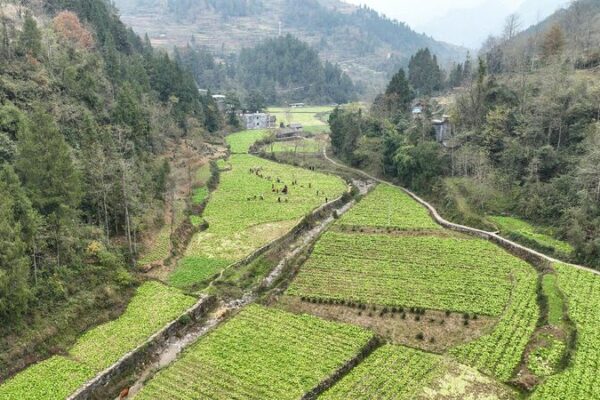China’s rural landscapes are undergoing a remarkable transformation as modern agriculture takes root, boosting both productivity and livelihoods.
In 2024, China achieved a milestone with its grain output surpassing 700 million tonnes for the first time. This significant achievement is credited to advancements in agricultural science and technology, which contributed over 63% to the sector. Alongside increased production, rural residents saw their per capita disposable income rise to 16,740 yuan ($2,293), marking a 6.6% year-on-year growth.
Modern agriculture in China focuses on both quantity and quality. On one hand, it’s about ensuring there’s enough cultivated land to meet the nation’s food needs while optimizing crop varieties to reduce waste. On the other, it’s about producing high-quality crops without harming the environment. This means reducing soil degradation, cutting down on pesticide pollution, and using fertilizers responsibly.
Importantly, there’s a push to make sure farmers themselves benefit from these advancements. By reallocating resources wisely and reforming land usage policies, China aims to ensure that those working the land see real profits from their labor. Encouraging private investment and integrating technology like artificial intelligence are also key strategies to boost efficiency and sustainability.
Balancing urban development with agricultural needs is another crucial factor. Protecting cultivated land from being repurposed for non-agricultural uses ensures food security. Meanwhile, innovative approaches like vertical farming and soilless cultivation are being explored to maximize the use of available space.
Environmental considerations are at the forefront of this modernization. Agriculture, particularly livestock farming, contributes significantly to carbon emissions. China is exploring ways to integrate renewable energy sources like solar and wind power into farming practices to mitigate this impact.
Finally, China recognizes the importance of international cooperation. Sharing knowledge and techniques can benefit other countries, especially those in the developing world, while also learning from large-scale agricultural practices elsewhere.
As China navigates its unique challenges, the modernization of its agriculture sector is not just revitalizing rural areas but also paving the way for sustainable practices that could have a global impact.
Reference(s):
cgtn.com








